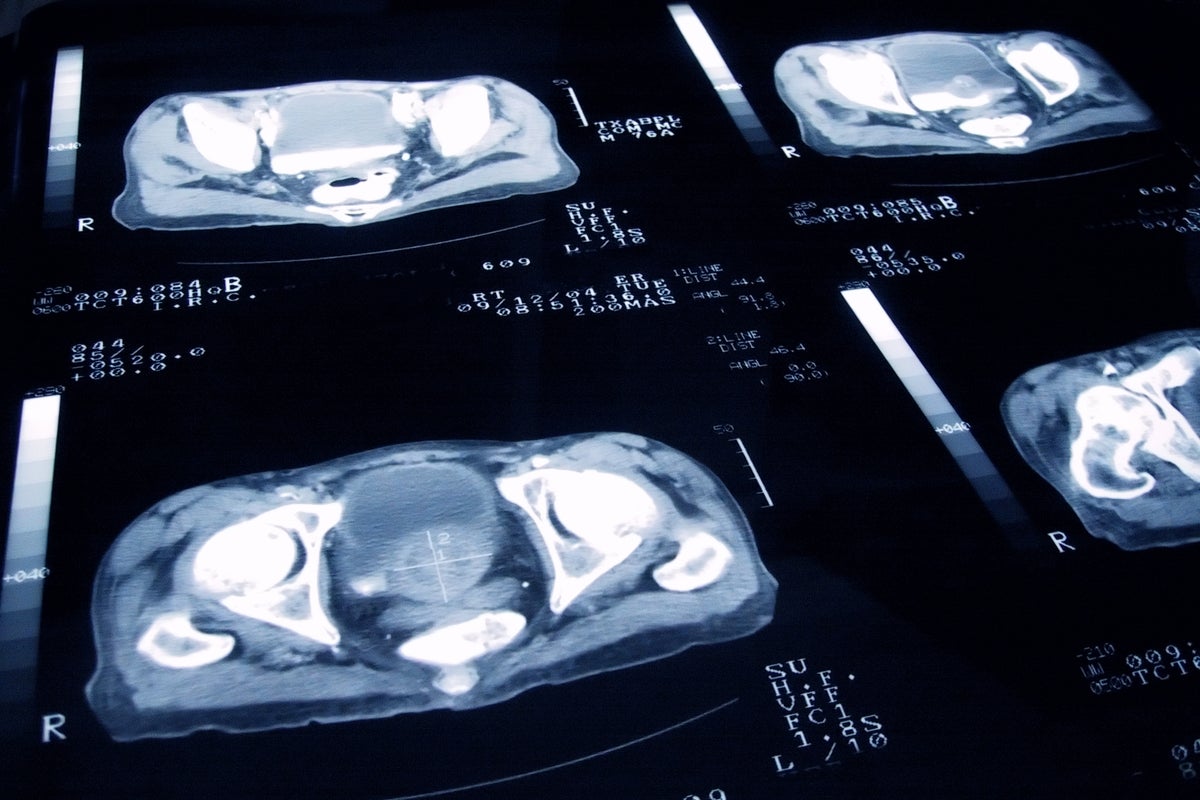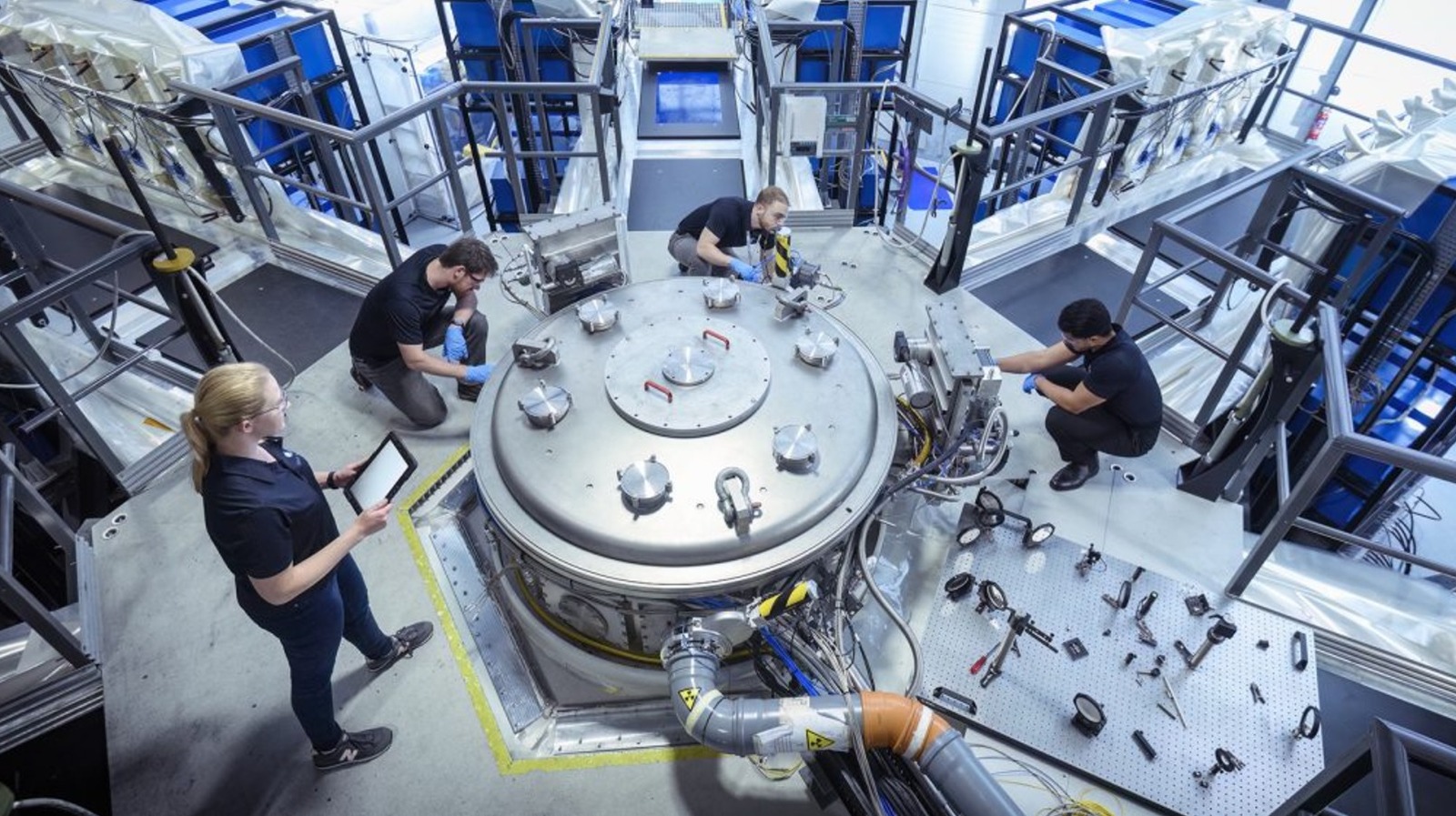A team of researchers, led by Prof. Ma Yanwei from the Institute of Electrical Engineering at the Chinese Academy of Sciences (CAS), has achieved a remarkable advancement in the current-carrying performance of iron-based superconducting wires. This breakthrough, detailed in the journal Advanced Materials, introduces a novel strategy using asymmetric stress engineering to enhance the wires’ efficiency.
The research, conducted with significant support from the Steady High Magnetic Field Facility (CHMFL) at the Hefei Institutes of Physical Science, utilized a specialized water-cooled magnet, WM5, to provide the extreme conditions necessary for validating the wires’ performance. This facility played a crucial role in enabling tests in magnetic fields exceeding 30 tesla (T), conditions that are essential for establishing the wires’ capabilities.
Iron-based superconductors are pivotal for next-generation technologies that demand high performance, such as particle accelerators, fusion devices, and magnetic resonance imaging systems. These materials are favored for their combination of high critical fields, low anisotropy, and cost-effectiveness. However, their inherently brittle lattice structures have historically posed challenges in creating the dense flux pinning centers necessary for efficient, lossless current transport.
In this study, the researchers developed an innovative approach that leveraged asymmetric stress fields to enhance the wires’ structural integrity. By employing scalable extrusion technology, they achieved a synergistic balance of hydrostatic pressure and shear stress. This method induced localized lattice slip and twisting within the rigid crystal structure, resulting in a high density of dislocations. These dislocations were subsequently optimized through heat treatment, forming ordered arrays that created a robust network of flux pinning centers.
The outcomes of this research are notable. The critical current density (J c) of the engineered wires demonstrated a significant increase: at 10 tesla, J c rose from 1.5×10^5 A/cm² to 4.5×10^5 A/cm². At 30 T, the J c reached 2.1×10^5 A/cm², marking a fivefold improvement over previous benchmarks. This establishes a new global record for iron-based superconducting wires.
“Testing these high-performance wires required magnetic fields above 30 T, which was made possible by CHMFL,” explained Prof. Ma. “Its WM5 water-cooled magnet provided the crucial experimental environment to verify the wires’ current-carrying capabilities under such extreme conditions, ensuring the reliability of the breakthrough.”
This research not only sets a new standard for iron-based superconducting wires but also paves a low-cost pathway for their practical application in advanced technologies. The findings promise to accelerate the development and implementation of high-performance superconductors in various fields, enhancing capabilities in medical imaging, energy storage, and particle physics.
For further insights, refer to the study titled “Asymmetric Stress Engineering of Dense Dislocations in Brittle Superconductors for Strong Vortex Pinning” by Meng Han et al, published in Advanced Materials on November 5, 2025.







